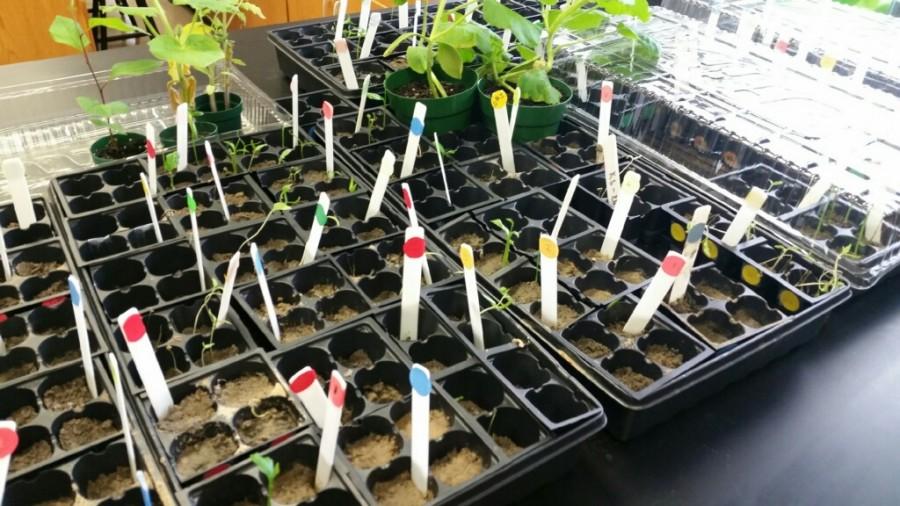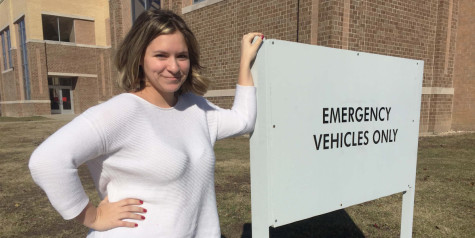APES plants seeds, tracks growth
January 11, 2016
Planting a variety of seeds and grow them is the new AP Environmental Science student led project that will be running through to the end of the school year.
The project is designed to teach students to be accountable for their plants and to apply their learnings from class to their experiments with the plants.
“We are taking plants, from seed, and seeing if we can grow them successfully,” AP Environmental Science teacher Bryan Beck said in an email. “While also maintaining scientific control standards, to get desired results and growing ”
Next semester the students are going to try different experiments to see how the plants will react in different situations and what their growing rates will be after the changes made.
“Students will devise experimental conditions such as the application of different nutrients, change soil types, alter light conditions,and etc.,” Beck said. “They will use these different experiments in order to come up with ideas about how different plant varieties deal with changing situations.”
The students are allowed to bring in different kinds of seeds that they want to grow and are allowed to conduct their experiments in different way if they chose.
“I’m growing a lemon tree. The students get to chose between different types of plants,” sophomore Samantha Wood said. “We water the seeds and try to help the plants grow. I think it’s a really easy and fun project.”
The AP Environmental teachers aren’t grading the projects until after their AP test in May to show students that learning sometimes from the experience of doing and not just reading from a textbook.
“It is amazing how much students learn from textbooks and the internet, but when we ask students to apply their learning it becomes more difficult. Most of these [experiments] will fail, but some will succeed,” Beck said. “This will give students an understanding of other organisms and build empathy for organisms and our environment.”







